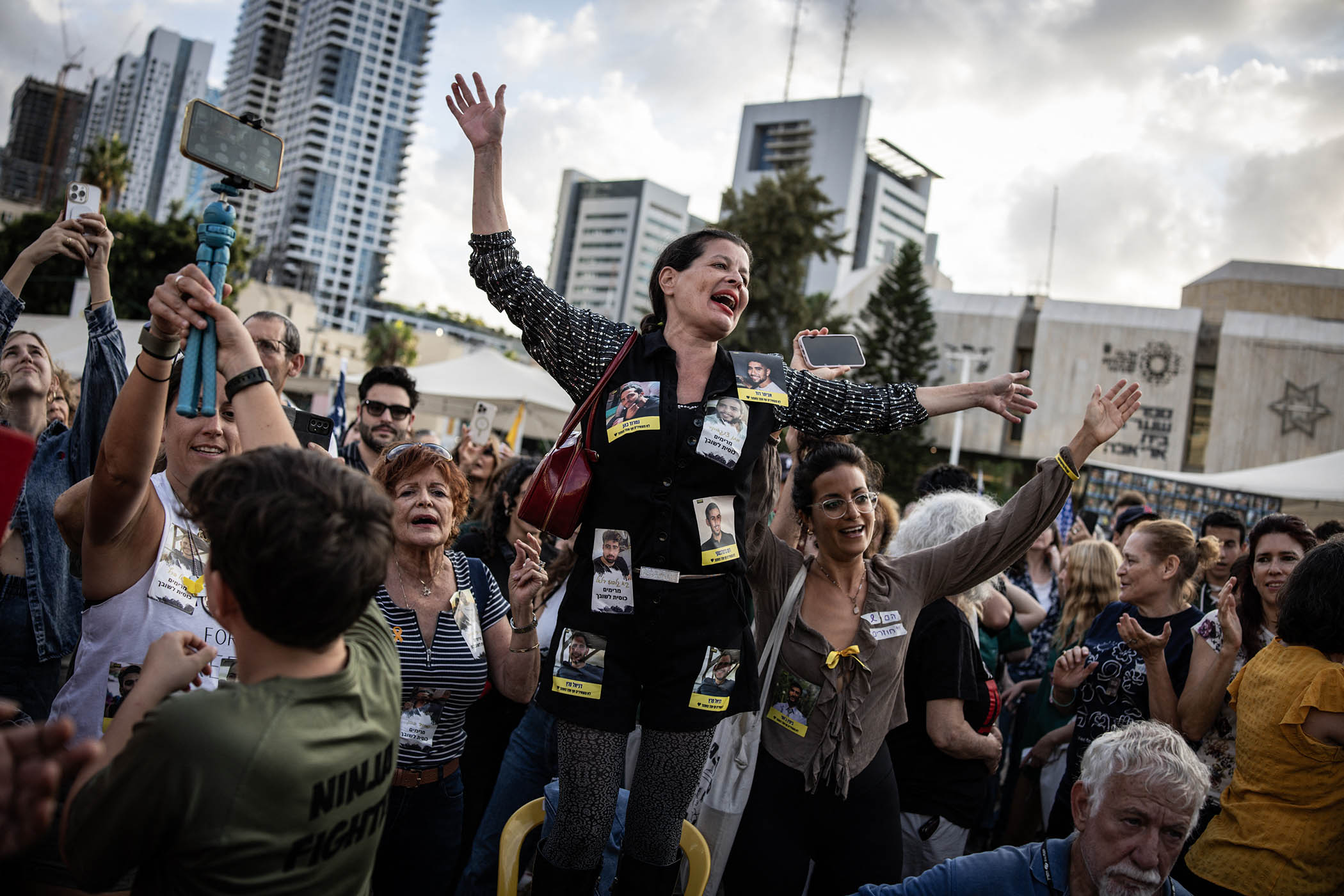Israel’s cabinet has approved a ceasefire in Gaza, as Hamas’s chief negotiator declared the war “completely over”. The agreement should come into effect within 24 hours.
So what? News of the ceasefire has sparked jubilation in Israel and Gaza. The deal is a momentous breakthrough, but it is still a first step down the long path to ending the conflict. In addition to stopping the fighting, the agreement should see
•
Hamas release its remaining hostages in return for Palestinians in Israeli jails;
•
Israel’s limited withdrawal from 47 per cent of Gaza to an agreed upon line; and
•
an increase in humanitarian aid entering the enclave.
Newsletters
Register to hear the latest from the Observer
View more
For information about how The Observer protects your data, read ourPrivacy Policy
Going home. Twenty living hostages are believed to remain under Hamas’s control. They should be released within days. The remains of up to 28 deceased captives are expected to be returned in stages. Hamas has indicated it will take time to recover their remains.
Prisoner swap. Israel has agreed to release some 2,000 Palestinian prisoners. This list was reportedly still being finalised after negotiators signed the deal on Wednesday night in the Egyptian resort of Sharm el-Sheikh. According to Hamas, it will include all Palestinian women and children in Israeli jails.
Holdouts. Israel’s finance minister Bezalel Smotrich opposed the deal. So did security minister Itamar Ben-Gvir. But these hardliners did not pull out of Benjamin Netanyahu’s coalition, despite Ben-Gvir’s threats to bring down the government if Hamas is not dismantled. The opposition has pledged to prop up Netanyahu if this happens.
Bombing. Israeli strikes against Gaza continued as its cabinet discussed the ceasefire on Thursday night, including one that hit a residential building in Gaza City’s Sabra neighbourhood. Local health authorities reported four dead and more than 40 trapped under rubble.
Limelight. The first news of the deal on Wednesday came not from Egypt but thousands of miles away. Donald Trump, who was addressing a roundtable event at the White House when it was clinched, was passed a hastily scrawled note by his secretary of state that said: “You need to approve a Truth Social post soon so you can announce deal first.” He did.
Eye on the prize. Trump has made no secret of wanting to win this year’s Nobel Peace Prize, which will be announced today. But he also put intense pressure on Netanyahu, who only two weeks ago at the United Nations vowed to forge ahead with the war.
Miscalculation. Israel’s attempt to wipe out Hamas’s negotiators in Qatar on 9 September was a key turning point. The airstrike on the emirate, a key US ally, infuriated Trump, who last week forced Netanyahu to phone his Qatari counterpart from the Oval Office and apologise. Trump also presented him with a 20-point peace framework. Netanyahu was forced to accept.
Meanwhile Hamas was lobbied hard by Arab and Muslim leaders. This includes those of Qatar, Egypt and Turkey, which helped mediate the ceasefire.
Next steps. If things go smoothly, the negotiations will turn to fleshing out the other parts of Trump’s plan. This includes
•
Hamas’s disarmament;
•
the deployment of an international stabilisation force to Gaza; and
•
the formation of a Palestinian police force to eventually take responsibility for security.
Uncertainty. Whether Hamas will give up its weapons is far from clear. Arab mediators have briefed that the group is open to surrendering some arms, but Hamas has not confirmed this. Egypt is training 5,000 Palestinian police officers with Jordan, although these plans and the composition of the international force are vague. Firming up these details could take weeks.
Looking ahead. Trump’s proposal rules out Hamas playing a role in Gaza’s future. Hamas has not agreed to this. Although the group said yesterday it had committed to a “permanent ceasefire”, one of its spokesmen also stated that Hamas “will never abandon our people’s national rights until freedom, independence, and self-determination are achieved”.
Still there. Israel is unlikely to fully withdraw from Gaza until it feels sure that Hamas will never attack again. The deal also opens the door to a future Palestinian state, something Netanyahu has previously ruled out – and yet another potential stumbling block.
That said… Trump’s peace initiative has widespread international support. In two years of war, there has never been more momentum to end the horrors in Gaza.

